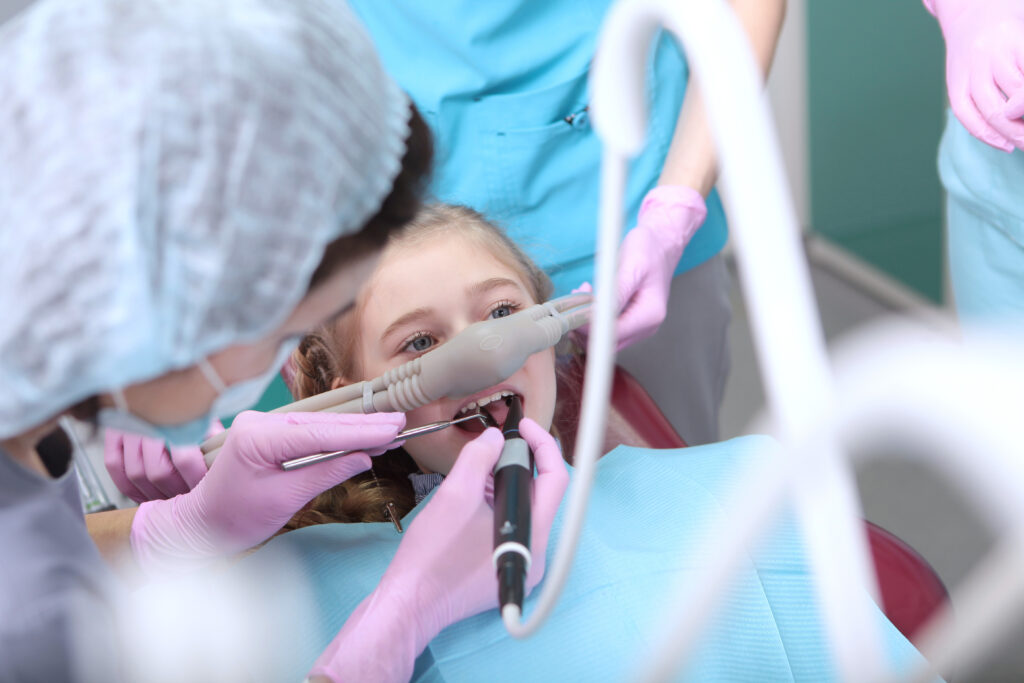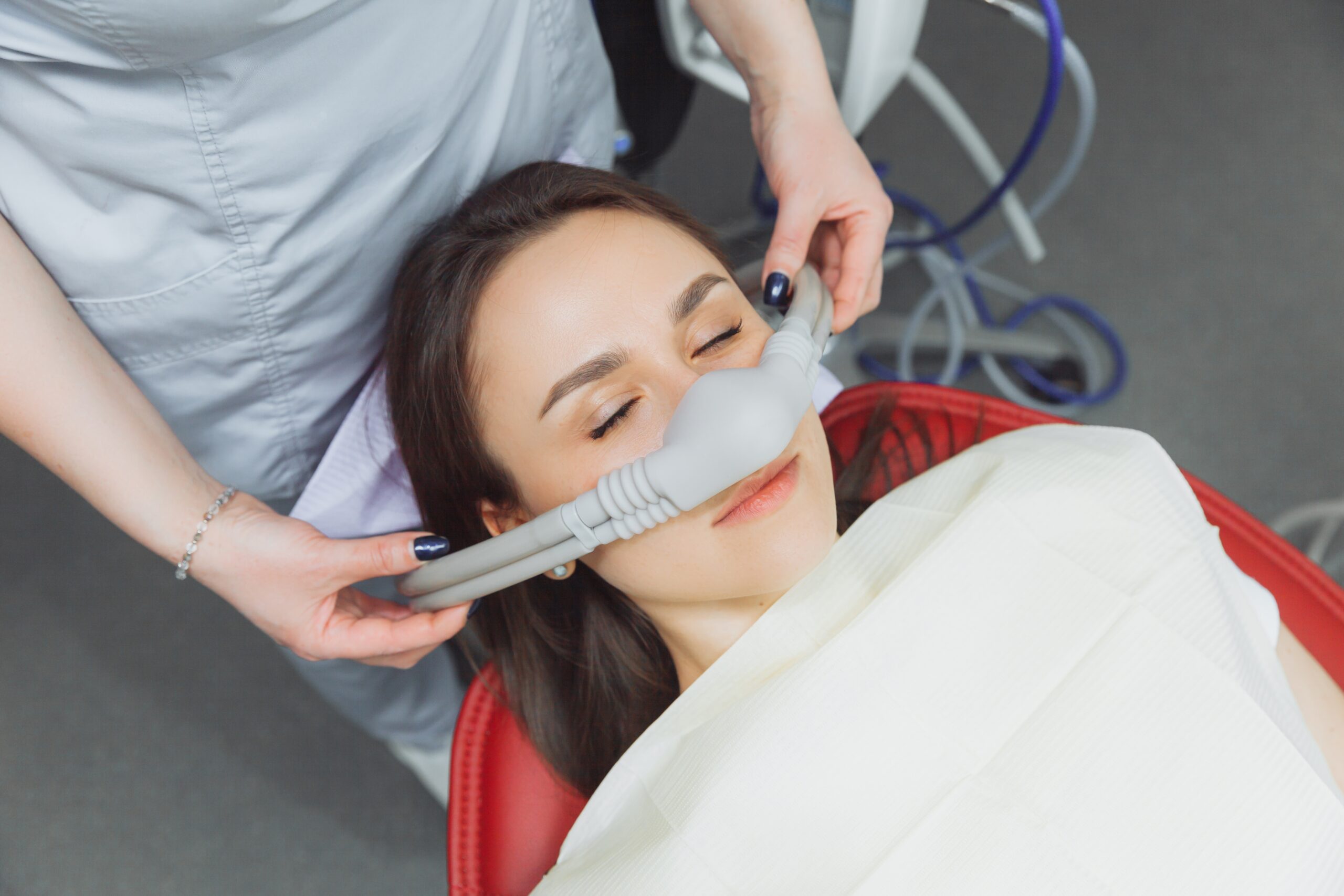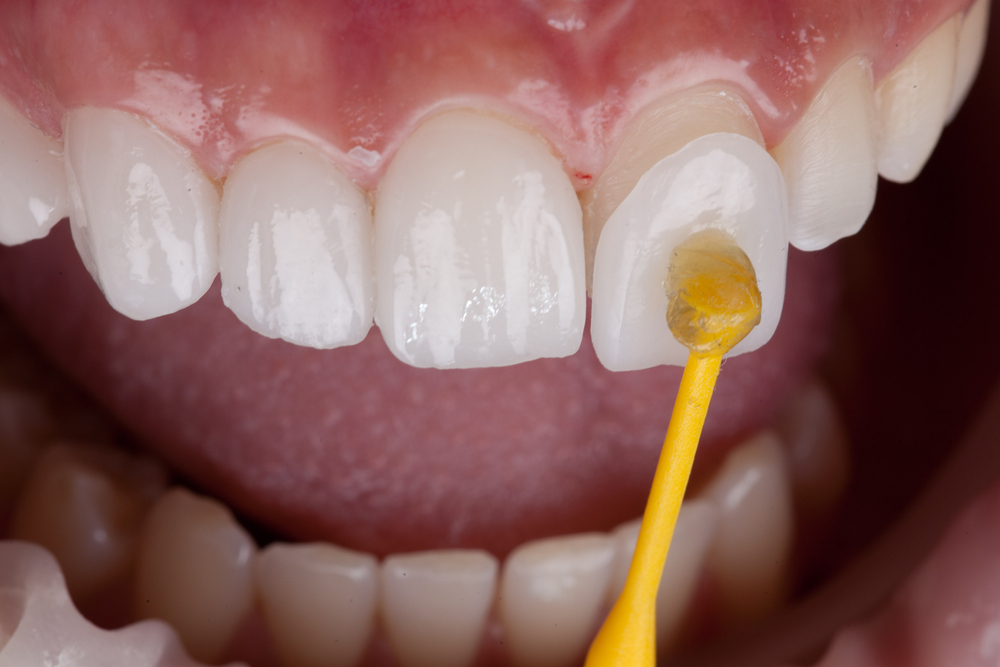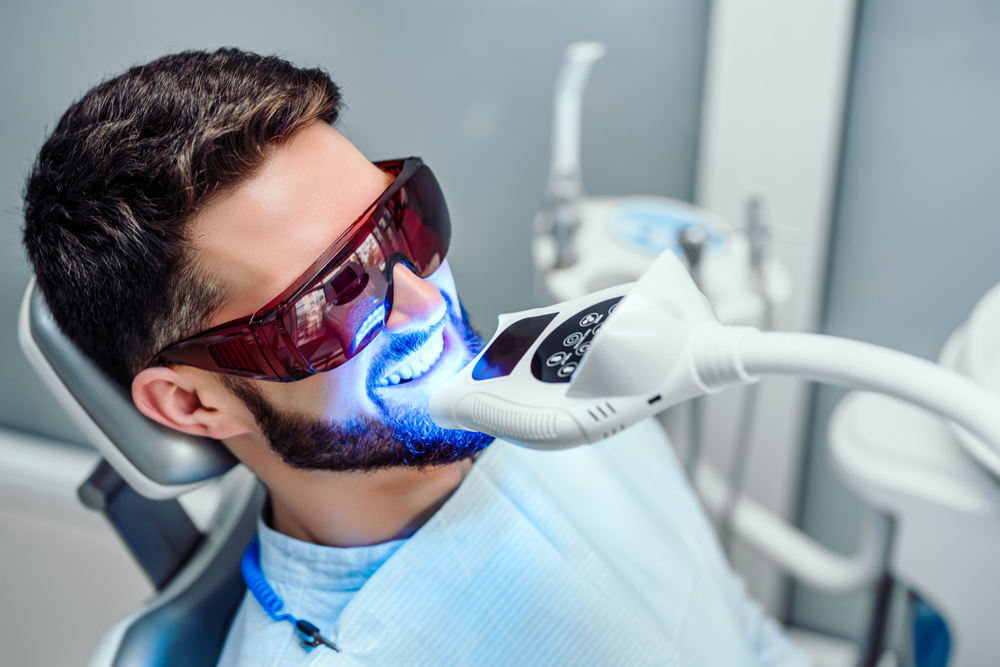For many, a visit to the dentist can be accompanied by feelings of anxiety or dread. But what if there was a way to alleviate these feelings and make your dental visit as smooth and comfortable as a spa day? Enter the world of nitrous oxide. A solution in the dental world for over a century, nitrous oxide has been the unsung hero for countless individuals, helping them stay relaxed during their treatments.
What is Nitrous?
Nitrous oxide, often colloquially known as “laughing gas”, is a colorless, non-flammable gas with a slightly sweet odor and taste. In the realm of dentistry, it’s used as a sedative agent to help patients feel more relaxed and less anxious about dental procedures. But why the name “laughing gas”? Well, when inhaled, it can induce feelings of euphoria, and for some, even a case of the giggles. But rest assured, its primary goal in a dental setting is to ensure patients are comfortable and calm.
How Does Nitrous Work?
Diving into the science, nitrous oxide functions as a dissociative anesthetic when inhaled. As it enters the lungs, it’s absorbed by the bloodstream and further transported to the brain. Here, it promotes the release of neurotransmitters that lead to relaxation and a decreased perception of pain. So, as you recline in that dental chair, you might find yourself floating in a state of peaceful detachment, aware but entirely unconcerned about the procedure happening around you.
Moreover, nitrous oxide has a rapid onset. Within minutes of inhalation, patients often report a warm and fuzzy feeling, similar to being wrapped in their favorite cozy blanket. This sensation helps distract from any potential discomfort, ensuring you remain calm and comfortable throughout your treatment.
Benefits of Using Nitrous in Dentistry

1. Reduction of Dental Anxiety: Dental phobia is real and quite common. For those who feel a heightened sense of anxiety merely at the thought of a dental drill or even the clinic’s ambiance, nitrous oxide can be a game-changer. It helps create a more positive dental experience by taking the edge off those nerves.
2. Pain Management: While nitrous oxide isn’t a painkiller in the traditional sense, it’s a powerful tool in pain perception management. By altering pain perception, it can make procedures that might otherwise be slightly uncomfortable feel entirely bearable or even unnoticeable.
3. Immediate Effects and Quick Recovery Time: One of the standout features of nitrous oxide is its immediate effect and the equally rapid recovery time. Patients can often drive themselves home after the procedure, as the effects of the gas wear off almost as soon as the mask is removed. This convenience means minimal disruption to your day and ensures that you can get back to your routine in no time.
Safety Measures with Nitrous Oxide
Safety is paramount, especially in a medical setting. When it comes to nitrous oxide, dentists take several measures to ensure the well-being of their patients:
1. Patient Assessment: Before any procedure, a thorough medical history review is conducted. This helps the dentist determine if nitrous oxide is a suitable choice for the individual.
2. Continuous Monitoring: While under the influence of nitrous oxide, patients are continuously monitored. Vital signs such as heart rate, blood pressure, and oxygen saturation levels are often kept under check.
3. Controlled Administration: Modern dental chairs are equipped with specialized systems that allow for a precise mixture of nitrous oxide and oxygen. This ensures that the patient receives a safe concentration of the gas at all times.
4. Professional Training: Dentists and their supporting staff undergo specialized training to administer nitrous oxide. This includes understanding its pharmacological effects, proper administration techniques, and handling any potential complications.
5. Safety Record in Dental Settings: It’s worth noting that nitrous oxide has been used in dentistry for over a century. Its longstanding presence is a testament to its safety and effectiveness. Numerous studies and clinical experiences have vouched for its impeccable safety record when administered correctly.
Comparing Nitrous with Other Sedation Methods

The realm of dentistry has multiple sedation methods at its disposal. Here’s a snapshot of a few and how nitrous oxide fits into the mix:
1. Oral Sedatives: Pills or liquids are taken orally before the procedure. While effective, they often have a longer lasting sedative effect, which means patients may need assistance going home.
2. IV Sedation: Administered directly into the bloodstream, IV sedation offers deeper relaxation. It requires specialized training to administer and monitor, and again, patients might need someone to accompany them post-procedure.
3. General Anesthesia: This involves being entirely unconscious. It’s reserved for extensive surgeries and requires a controlled environment, such as a hospital setting.
4. Nitrous Oxide: Here’s where nitrous stands out. It offers mild to moderate sedation, ensuring the patient is comfortable yet conscious. The rapid onset and quick recovery make it an excellent choice for those wanting minimal disruption to their day. Moreover, it can be tailored to suit specific treatments and patient needs, making it a versatile option in the dentist’s toolkit.
Considering these options, nitrous oxide presents a middle ground—offering the benefits of relaxation without the prolonged effects of deeper sedation methods.
Potential Side Effects and Considerations
While nitrous oxide is generally safe and well-tolerated, like any medical procedure, it’s essential to be aware of potential side effects:
1. Nausea or Vomiting: A small percentage of patients might feel nauseous, especially if they’ve had a heavy meal just before the procedure.
2. Headache: Some individuals might experience a mild headache post-treatment.
3. Dizziness: Feeling light-headed or dizzy can occasionally occur as the effects of the gas wear off.
4. Excessive Sweating or Shivering: Though rare, some patients may exhibit these symptoms during the procedure.
Unsuitable Candidates for Nitrous Sedation:
- Patients with respiratory conditions like COPD.
- Those who have a history of substance abuse.
- Pregnant women, especially during the first trimester.
- Individuals with some specific medical conditions or on certain medications.
It’s always crucial to discuss any concerns and provide a full medical history to the dentist to determine the best sedation method.
Preparing for a Procedure with Nitrous
1. Eating Habits: It’s best to have a light meal a few hours before the procedure to reduce the risk of nausea.
2. Communication: Always inform your dentist about any medical conditions or medications you’re currently on.
3. Wear Comfortable Clothing: Being relaxed physically can help in enhancing the relaxing effects of nitrous oxide.
4. Post-Procedure: The effects of nitrous wear off quickly. However, it’s still a good idea to have someone accompany you if you’re feeling uncertain about driving or getting back home.
Experience Nitrous Sedation At Smile Science Dental Spa
The journey to a dazzling smile shouldn’t be a stressful one. With advancements in dentistry, tools like nitrous oxide have revolutionized the patient experience, ensuring comfort, ease, and relaxation. And while nitrous oxide is a powerful tool available worldwide, having it administered by experienced professionals can make all the difference.
If you’re in the Glendale, AZ area, or even considering traveling for top-notch dental care, look no further than Smile Science Dental Spa. With Dr. Richard Dawson and Dr. John Turke at the helm, you can rest assured that not only will your dental needs be met, but you’ll also experience the pinnacle of patient care. Book an appointment today and breathe easy, knowing you’re in the best hands!
Further Reading
- Nitrous Oxide
- What Is Laughing Gas?
- Nitrous Oxide Inhalation Sedation Rapid Analgesia in Dentistry: An Overview of Technique, Objectives, Indications, Advantages, Monitoring, and Safety Profile
- Nitrousoxide as a conscious sedative in minor oral surgical procedure






